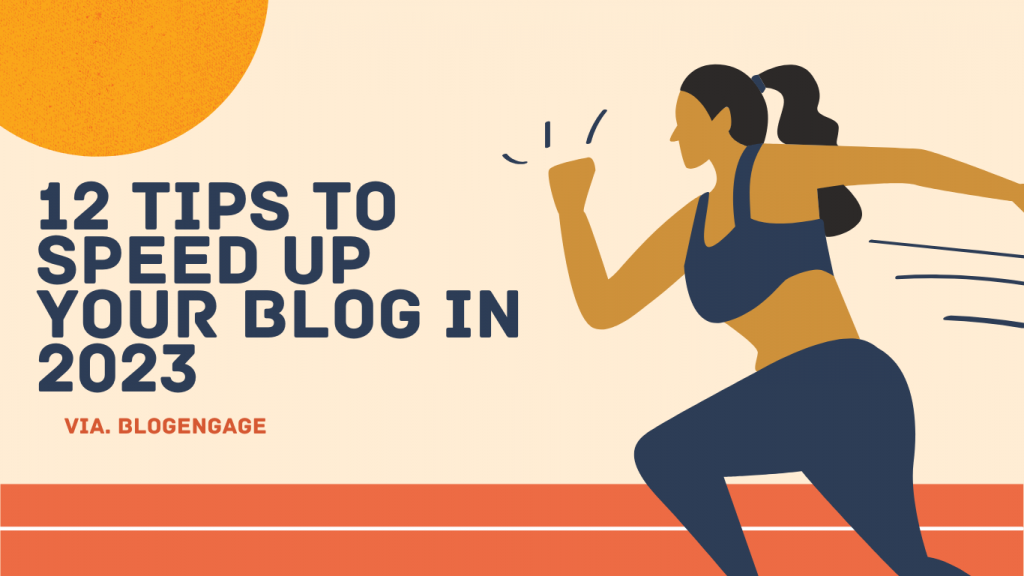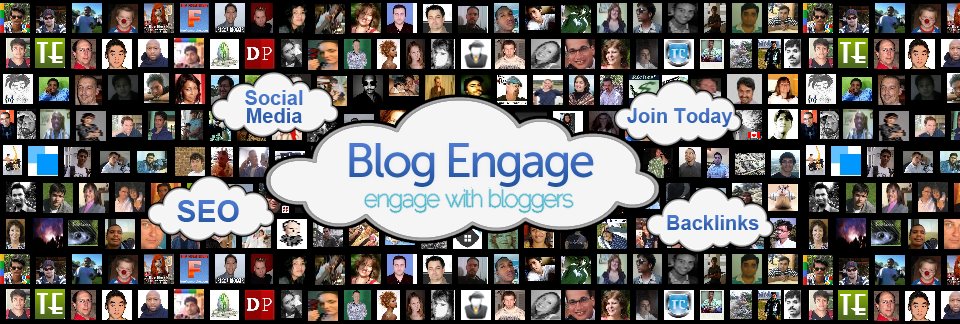There was once a time when a page used to load. The days of the dial-up internet connection when people knew that they had to wait before an internet page will load on their browsers. That was before the broadband and the fiber connections came into the picture. With the 5G on the rise, page loading should not even be a factor now.
And yet, if your blog is slow loading, none will have the patience to keep it on their tabs.
Here, in this article, we will discuss several ways in which we can speed up the loading time of our blogs.
1. Get rid of the useless plugins: There are so many plugins available today that one can pretty much get anything done with the help of the plugins. Several of these plugins are installed and activated, but since there isn’t any real use of those plugins, many of these plugins just sit there and slow things up.
Look for the plugins that you have on your blog and if there is no good reason to keep them, just delete them and clear up the space.
2. Make JavaScripts smaller: There are scripts in your blogging system that are bulky, the codes aren’t clean and have white space in them. All this is too technical to hear, however there’s no reason to worry because there are options in the wordpress that can fix and minify Js. Simply look for plugins that does this, and use it to minify JavaScript and CSS.

3. Use Content Delivery Networks: CDNs are on the rise and there are plenty of options available to choose from. Think about it, if content is delivered from a server which is close to you geographically, won’t it be fast? This is exactly what a CDN does.
4. Lower the Home Page Size: If your homepage has too much of content, from multiple posts, to archives of posts, comments and categories then it is time to cut the home page clutter. Keep a small amount of posts on the homepage with only a few lines worth of content and read more buttons.
5. Resize and Compress your Images: Huge images with insane detailing, and then scaling them on the browsers are often a big reason of slow loading of sites. This can be easily remedied by using a plugin that compress the images. Along with that, resize the images while loading, that way the images won’t need to be scaled to fit on the browser.
6. Change your Webhost: Often times, a slow loading site isn’t the fault of the web master but the web host. Some cheaper webhosts are just crappy and it is best to stay away from those. If you are on a good webhost but your loading speed is still slow, then perhaps you can consider upgrading your plans from shared hosting to VPS or to a dedicated server if the budget holds.
7. Remove unwanted redirects: When a blog is run for a long time, many pages are deleted and re-directed. If the list of re-directed pages is getting huge, it is time to remove some of those re-directs. Check the re-directs that are no longer needed, perhaps those pages are not important anymore? Start looking for such re-directs and get rid of them.
8. Get a fast loading wordpress theme: There are an insane number of wordpress themes available on the internet to choose from. However, not all themes are good when it comes to page loading speeds. Look for a minimalistic theme which is coded well. If possible, go for a paid theme from a reputed developer.
9. Upgrade WordPress: WordPress is an open source blogging system that has a very strong developer base. These developers keep throwing new updates every now and then. Make sure to upgrade the wordpress system as soon as a new update is available. Along with that, make sure to update the theme and all the plugins that are installed to keep things compatible and secure.
10. Stop others to HotLink your Images: This is a common internet practice where people simply load the images from your server and display them on their websites. All they need to do is to add a piece of code and your images will start appearing on their sites and posts. There are ways to stop this so that people can’t simply use up your bandwidth and slow down your website.
11. Remove Popups and other ads: If you are running too many ads, especially if the ads are using javascript and other codes that slow down your site, then it is time to get rid of those ads. Advertisements often fetch data from 3rd party sites, which slows down the page loading further. Having ads from multiple providers also affects page loading times.

Look for the ads that pay more and keep it, the rest low paying ones are best to be removed. Remember that ads fight for your reader’s attention and clicks, so no point allowing the lower paying ads to compete with the higher paying ones and in the process lowering the speed of your website.
12. Fix your Codes: When you run a blog for a long time, change and remove themes, add and remove plugins and do a lot of other things, ultimately everything leaves some errors and unwanted data on your database. These are codes for your backend that most bloggers who aren’t code friendly, does not even bother to look.
However, the problem is that even though these code and database errors aren’t visible, they still slow down a website. This is where you need to look for a plug-in that can fix database tables and get rid of any unwanted data in it.
Note: Make sure to take a full files and database backup before trying out the tips, as some of these tips can have some impact on your blog.
Everyone likes a fast loading website. Even you as the owner of your own blog don’t want to wait for ages for your blog posts to load. Fast loading sites aren’t just a requirement and necessity; it’s a habit that is taken for granted now. If your blog does not load in the same instant, your readers will close the tab and move on.




